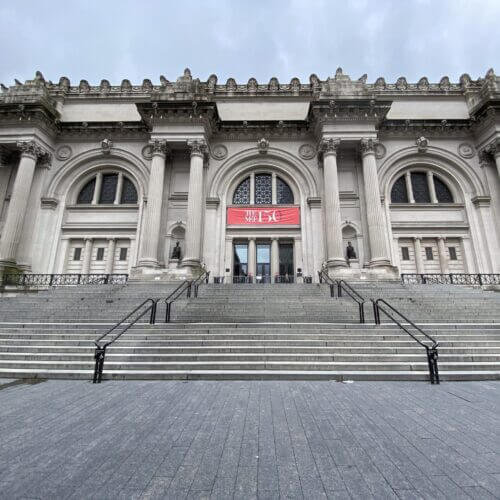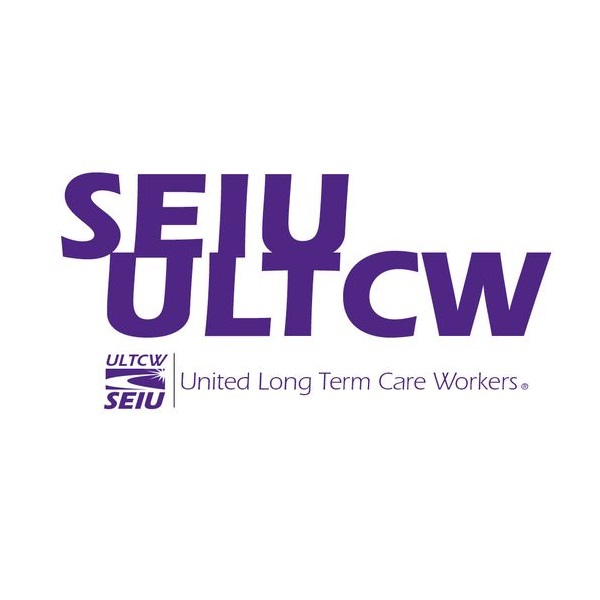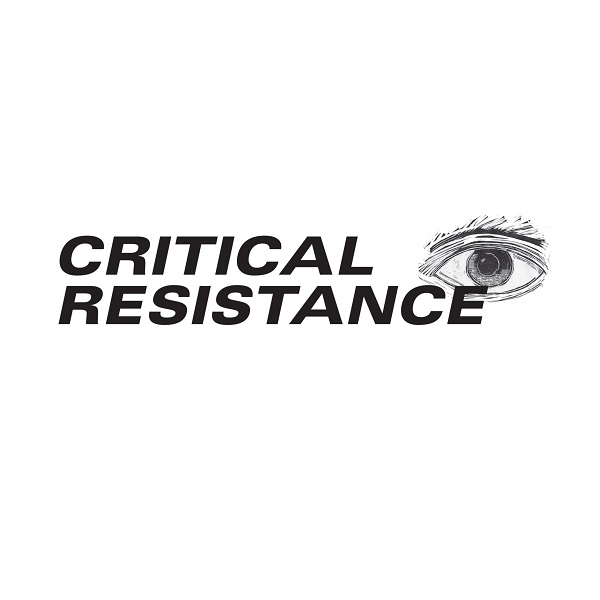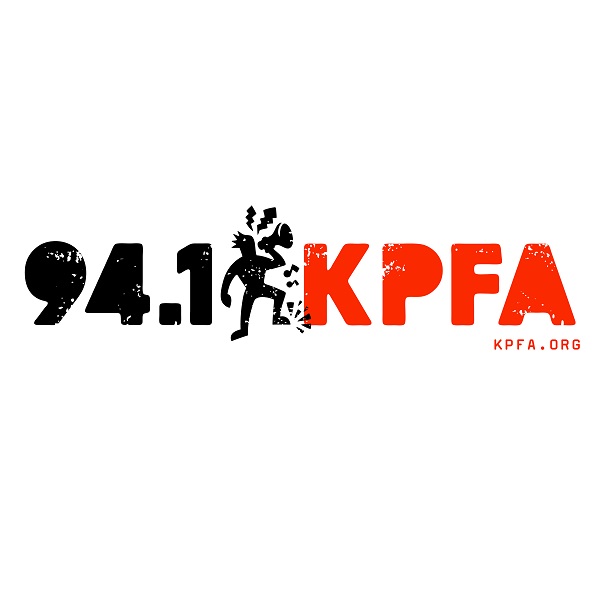 Wow! What “interesting times we live in,” as the old Chinese curse would have it. Yep, they’re definitely here. We need to stay strong now more than ever, and as educators, as positive as possible. As James Baldwin put it wisely, but poignantly, “We can’t tell the children there’s no hope.”
Wow! What “interesting times we live in,” as the old Chinese curse would have it. Yep, they’re definitely here. We need to stay strong now more than ever, and as educators, as positive as possible. As James Baldwin put it wisely, but poignantly, “We can’t tell the children there’s no hope.”
But what pragmatic steps can we encourage students to take? Last year many teachers tried to support theirs by letting them take to the streets to express their outrage over the electoral college’s ability to ignore the will of the people, the popular vote. What else can they do?
While it’s important for students to understand the origin of the Electoral College, it’s very dry to read about in textbooks, even for lawyers, and it still leaves us all wondering What’s The Next Step?
“Change the laws!” Maybe. But whichever way you voted in the last election, you know this is much easier said than done. There’s a major obstacle with changing, or, for that matter, with keeping our laws. Ironically it’s THE LAW itself.
That’s a very daunting realization. If you feel overwhelmed or anxious at the thought of encouraging students to challenge the laws of the land, if you’re concerned that broaching this topic with your class might result in a reprimand from parents, or administrators, this Blog is meant especially for you.
If you’ve already accessed our free report for teachers on “5 Strategies That Guarantee Student Success,” (register on our Welcome page) then you’ve probably previewed the films and websites we recommend that demonstrate how students organized to address specific problems of their neighborhoods. With recent political and economic developments students, along with most adults, recognize the need to organize on a much larger scale and for greater stakes.
The goal of this Blog is to alert teachers to 2 remarkable online resources. Both focus on the ways citizens can protect gains that have been made in laws that protect our rights, but they have different targeted goals and outcomes.
The first is the website of the Bill of Rights Defense Committee at http://bordc.org/campaigns/local-ordinances-and resolutions/.
 Glenn Halog, OPD, Occupy Oakland Move In Day. Flickr Creative Commons
Glenn Halog, OPD, Occupy Oakland Move In Day. Flickr Creative Commons
Their site includes templates that local communities can use to safeguard the civil rights and liberties of residents by enacting local laws that can put them on the offensive against any plans to trample on the Bill of Rights.
BORDC/DDF model ordinances contain provisions that:
• Declare that all people, regardless of race, religion, national origin, immigration status, gender identity, or sexual orientation are welcome in the community.
• Prohibit discriminatory profiling.
• Prohibit or limit local law enforcement cooperation with federal immigration enforcement.
• Prohibit undercover infiltration or spying on activist groups or religious institutions.
• Protect social media from the prying eyes of the state
The second pertinent and valuable resource is an interview on Health Politics and Activism that’s potentially life-changing for us, and for life for life on the planet. Too many of us are clueless about how to safeguard our health from legal restrictions and increasing requirement. So be sure to watch for the second half of this Blog post. Both resources illustrate the importance of helping students recognize the important “issues” of our lives can’t be seen in isolation: Politicians can no longer be allowed to make laws that put property rights above all else, or to consider the environment separate from the economy and health. You and your students can help reverse these trends!
To receive future Blog posts on affordable resources that your students can use in taking their first steps towards community action, register on our Welcome page.
In Solidarity, Marilla Argüelles, Editor of WholeNewTake Blogs and Newsletters




